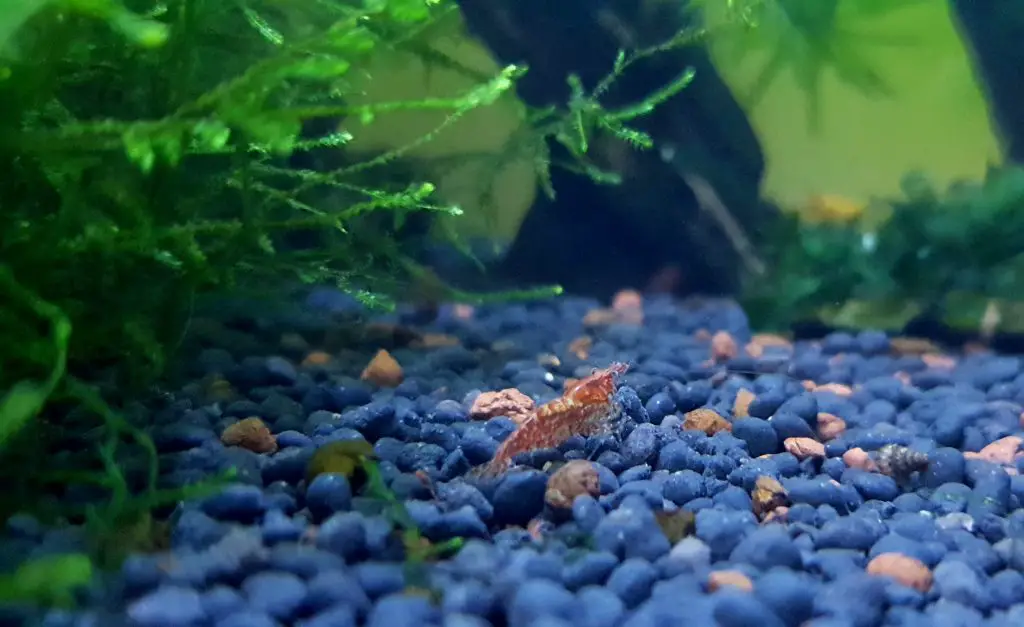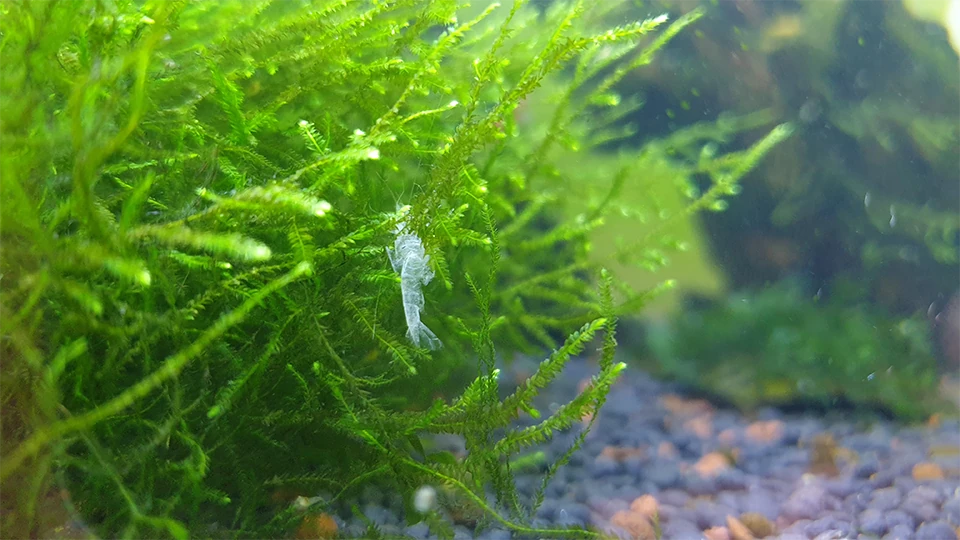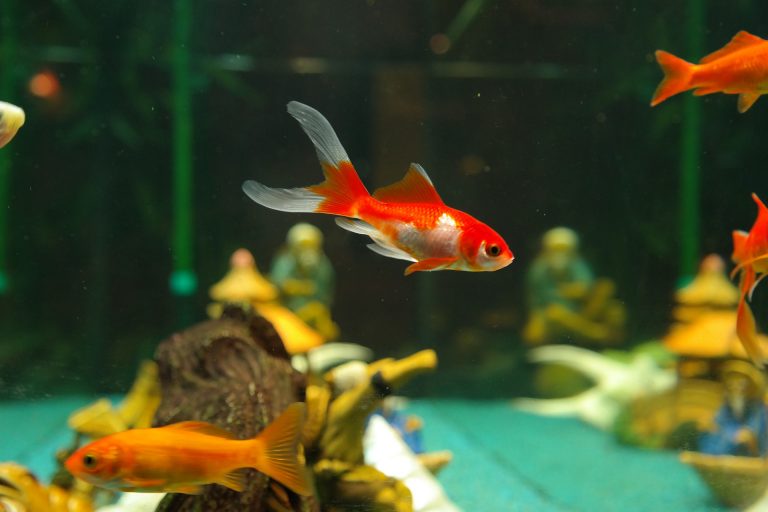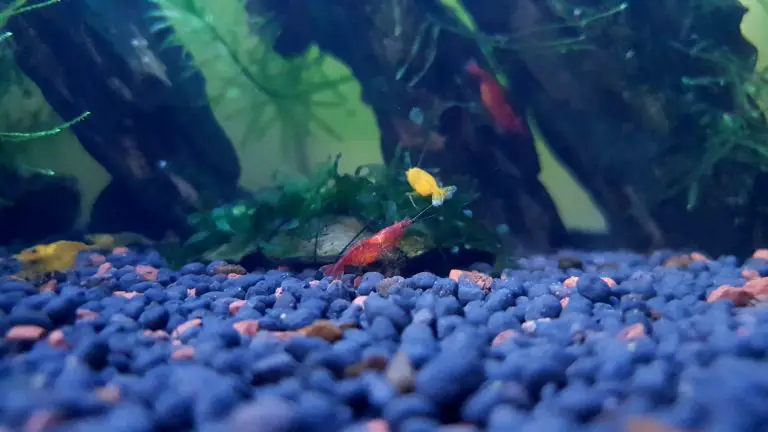How To Know If Your Shrimp Stressed
All the aquarium shrimps Are known to be very sensitive, making them stress easily. We need to identify these signs of stress and resolve the problem before it becomes big. Some of the common signs of stress include loss of color, reduced growth, molting problems, lack of appetite, and lethargy. Sometimes these signs are difficult to detect and are not readily seen. This article shall be able to highlight and understand the signs of stress and the reason for it.
Some common signs of stress among shrimps are:
- Loss of Colour
- Reduced Growth Rate
- Molting Issues
- Loss of Eggs
- Lack of Appetite
- Decreased Fertilisation
- Lethargy
- Erratic Swimming
What is Shrimp Stress?
It is a type of psychological response towards danger or any kind of harmful effect directly on the shrimp or in the ambiance of the shrimp. Just like humans, this kind of Event makes the shrimps feel uncomfortable and trigger Psychological stress.
Both short-term and long-term stress will have a bad effect on shrimp, weakening their entire immune system and more prone to diseases and bacteria.
So let’s understand these signs of stress and how to solve them in order
Erratic swimming
If there is any kind of increased movement, it’s probably the easiest way to understand stress signs. You need to realize that something is wrong with the aquarium water order shrimp.
When there is a lot of stress coma The shrimp move in weird patterns.
For example, the shrimp will Bump into each other, Swim Fast, Jump, and Scrape their body a lot.
Lethargy
It’s a clear sign of stress.
Usually, Shrimps are active animals. You can always see them nibbling, swimming, walking, and crawling onto different surface areas of the tank.
But if you notice them stay in one place, not move much and act Lazy, it’s a clear sign of stress.
it will only increase over time and keep getting worse.
Loss of Colour
This is the third obvious sign that is simply stressed
This third phase will show your shrimp losing their natural color and becoming dull or pale.
But however, the reason for the loss of color could be due to shipment, and bad water parameters, which will heal in a day or two but if the shrimp loses its color for a prolonged period of time it’s stress.
Lack of Appetite
As we all know, shrimps love to scavenge. You can always find them scavenging over leftover food, dead plants, algae, Indian almond leaves other plant matter.
But however, if you observe any loss of appetite, it is definitely a sign of stressed shrimp and a symptom that your shrimp’s immune system is weekend.

Reduced Growth Rate
Followed by lethargy and loss of appetite, a reduced growth rate will be observed among the shrimps as a sign of stress.
The shrimp’s intestinal metabolism is compromised and their growth rate is affected.
Commonly, a baby shrimp will grow into an adult within 75 to 80 days. Any compromise on this is an indicator of stress.
Molting Issues
All the ships need to molt from time to time when they grow. Molting is a process where their body grows and they shed their old exoskeleton to grow a new shell.
For more information on molting check our article Shrimp Molting: What Causes It and Why Are My Shrimps Doing It?
A stressed shrimp already has a weak immune system due to loss of appetite, lethargy, and lack of protein. Thus, resulting in molting problems.

Here are Some common reasons for molting problems
- Changes in water parameter
- Frequent water changes
- Poor Acclimation
- Unbalanced diet
Reduced fertilization success
Commonly, each female shrimp is able to carry up to 50 eggs and breed from time to time when healthy.
The stressed shrimps will not breed much and show reduced fecundity and fertilization success.
Stretch shrimp will show incomplete fertilization of the egg, lack of genetic material in the babies, and loss of eggs.
Loss of eggs
Loss of eggs is a common sign of stress among the shrimp, resulting in the overall decreased fertilization rate of the Shrimp.
Here are Some of the common causes of stress in Shrimp
- Bad water quality, inadequate level of nitrates, temperature, pH, GH, KH, and ammonia
- Overfeeding
- Poor water acclimation
- Frequent and large water changes
- Infections, diseases, and parasites
- Incompatible tank mates
Conclusion
There are numerous ways to identify or understand the signs of stress in a shrimp. However, some of the easiest ways to identify the stress signs are by looking at their appetite, appearance, and activity in this aquarium.
It needs to be noted that stress among the shrimps will result in weaker immune systems and reduced immunity to diseases, and bacteria. Thus, the causes of this stress need to be solved immediately.





